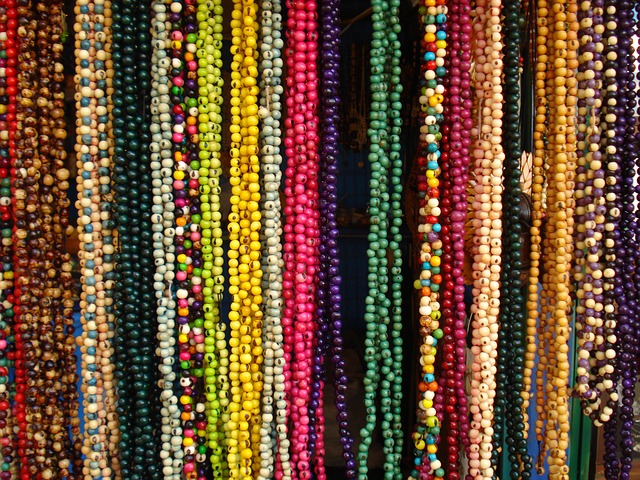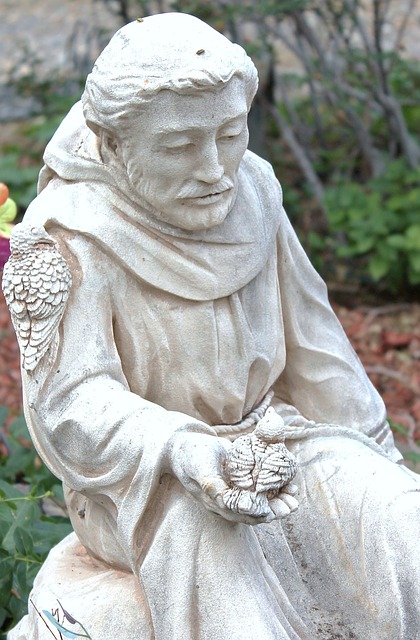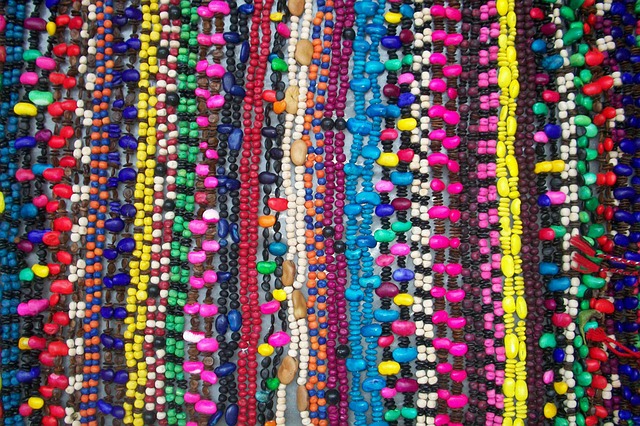Green and yellow Santeria necklace:
Santeria necklaces are important in the life of a santero, since they not only represent protection against evil, but also the union of whoever wears it with the desired Orisha. As a result, they have many colours that identify a deity from Yoruba mythology. For example, the green and yellow Santeria necklace represents the deity Orula, and so on. Continue reading so you know what is behind the use of necklaces in this religion.
Meaning
The Santeria necklaces are a rite that each santero must fulfil since it is an identification that defines them as practitioners of this religion. Without a doubt, these elements mark the initiation and evolution of those who wear it. Therefore, it is known as the imposition of Santeria necklaces; or, in other words Iñales or Elekes.
Necklaces represent a link between the initiate and African deities, over time they are believed to provide them with protection and powers belonging to deities throughout their lives, and in turn serve to identify which deity they belong to.

Consecration Rituals
In order to perform them, it is necessary for a santero or santera to prepare the ceremony and deliver the necklaces. In other words, they are the only ones who have the Ashé to be able to energize them and to place them in the tureens where the Orishas’ sacred foundations live.
To carry out this ceremony it is not necessary to kill animals in front of the individual who is going to receive the necklace, what is important is that the necklace must have received the Ashé before imposing them, since if it is not done in this way it will not perform the function for which they were created.
Colours
The colours of the necklaces represent a specific deity. In the ceremony five necklaces are placed, which represent the five main deities of Santeria; as religion progresses, other necklaces are added.
Green and Yellow necklace: Orula Deity
This necklace represents the Orula deity, which is one of the most important deities of the Yoruba religion. Similarly, it is syncretized with San Francisco de Asís in Havana and San José de la Montaña in Santiago de Cuba.

The green and yellow necklace symbolizes Orula’s treatment with Death so that Death would not approach her children until the deity decided that her mission on Earth had ended. If the necklace is broken, the individual must immediately go to the godfather or godmother since he or she is in danger of death.
White Necklace: Obatalá Deity
This necklace represents the deity Obatalá and syncretizes the Virgen de las Mercedes, also known as Ochala and Oxala.
Above all, his children have to be very respectful and he is the only deity who is both feminine and masculine in his ways. For this necklace the number of the basic brand is 8 and its colours are white, red, nacre, soapy water (although it is generally white depends on the path of Obatalá), transparent, coral (depends on the path of Obatalá) and ivory; and its combination is: 24 white, one red, one nacre, one ivory and one coral.
White and Blue Necklace: Yemayá Deity
The Santeria necklaces that contain these two colours represent Yemayá who is syncretized with the Virgen del Valle or the Virgen de la Regla. In the same sense, she is the goddess of fertility, motherhood and the sea; it is also known as Yemanyá or Jemanjá.
Red and black necklace: Eleggua Deity.
This necklace represents the deity Eleggua, which is syncretized with the Holy Child of Atocha or with the divine Child Jesus. He is a deity of Yoruba mythology and he is the ruler of destiny and roads. In other words, he is the one who can open or close the paths of luck, life, health, happiness, among others.
Red and white necklace: Deity Shangó
This necklace represents the deity Shangó in a warrior deity belonging to Yoruba mythology, and it is one of the best known deities of his pantheon. To clarify is the Orisha of Justice, manly force, fire, thunder, dance, and lightning. On the other hand, Shangó is syncretized with Santa Bárbara who has her day on December 4th according to the Catholic calendar.
Rules for the use of necklaces
Certain rules must be respected, for example: avoid using the necklaces when practicing sex, when sleeping or when taking a bath.
If these rules are not respected and over time the necklaces are exposed to negativity, they can present tension between their threads. Consequently, causing them to become stiff and generating stiffness. Therefore, in these cases, it is recommended to cool the necklaces by placing them for 24 hours in a tureen with coconut water and honey. However, cleaning can also be done only with coconut water.




